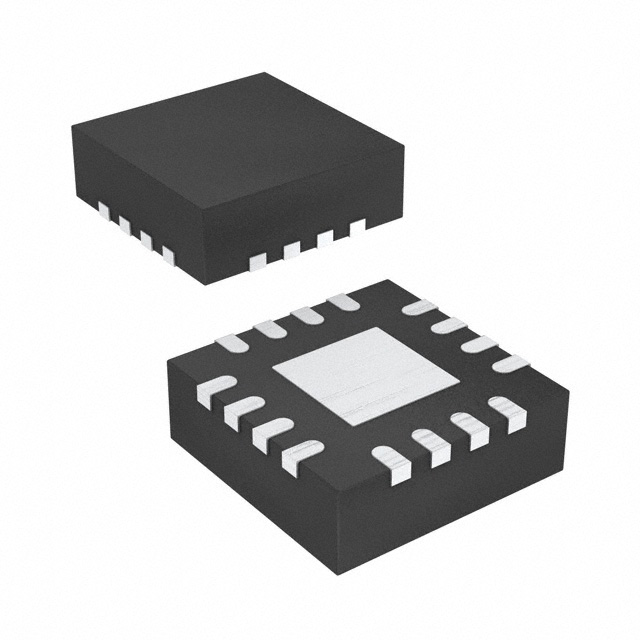Senior Design Capstone Part 1: What (or Who?) is LoRa?
2023-04-21 | By Will Siffer
License: Attribution
Background:
At Purdue, we have dedicated bike lanes that allow students and staff to safely ride bikes or other wheeled transportation through campus with less risk of hitting pedestrians on foot. Most students live on campus and can easily walk or ride to class without much trouble, but for those who live off campus, the choice must be made: Should I walk, or should I drive?
The obvious environmental answer is to ride a bike or to walk, but especially as the weather starts getting cooler more and more students and staff choose to grab their car keys and find parking on campus. This can be a problem since there is limited parking in many academic areas for these students to park.
Unfortunately, with the high density of buildings on campus, the parking issue cannot be solved by simply adding more parking locations. Instead, we need to think about a way to incentivize students and staff to take alternative forms of transportation.
That's where my team comes in, the SCAN team. Our project is to use a LoRa radio network to log bicycle use on campus in order to give users points for choosing to skip the drive and clear up parking areas for those who truly need it in the process using bicycle-mounted RFID tags.
LoRa, more than just a radio:
This project uses a network called LoRa, which stands for "Long Range" and is a radio protocol that offers low bandwidth but long-range communication between low-power devices. This is the system our project is based on since it is cheap to implement, and the chips are not affected by current supply shortages.
Keeping track of the bikes:
The way this project works is by placing long-range RFID readers on campus entry points with students' bikes having RFID tags. Whenever a bike passes by the reader, our system collects that data from the specified biker and awards a point to the student or staff for taking their bike rather than their car. Our project partner, Purdue Alternative Transportation, would then be able to award incentives to be redeemed by these points throughout the year.
The Hardware:
The main control board of this project is called the RAK11300. It is a Raspberry Pi Pico system with a built-in LoRa radio interface that allows us to easily set up a network to collect and transmit data. We are also using a serial RFID reader and a set of I2C sensors that allow us to collect environmental data from the units while they are operating in the field. These are the sensors that we are using (linked below this article):
- MB85RC256VPF - FRAM - Used to store RFID tag and time data.
- SHT31A - Temp and Humidity sensor - Used to monitor temperature and humidity inside the enclosure.
- PCF8523 - Real Time Clock - keeps track of the time of day even after the loss of power.
- INA3221 - 3 channel voltage/current measurement - Measures the power of 3 separate channels.
Next Steps:
The next phase of this project is to build a PCB that combines all this together. Fortunately, we already have a working unit in the prototype stage, so we already know that the hardware all works together with the software. My plan for this series is to make weekly updates as I go through the semester discussing issues that I came across and what I did to solve them, giving you an inside look at what a senior design capstone project looks like in 2023.
Until next week, my name is Will, and I look forward to sharing this experience with you all!
View Next Week's Blog Post: Using Eagle to make a Custom PCB!
Recommended Reading
- Senior Design Part 2: Using Eagle to make a custom PCB
- Senior Design Part 3: Designing an SMD PCB Full of Sensors
- Senior Design Part 4: Assembling, Testing, and Debugging Circuit Boards!
- Senior Design Part 5: Diagnosing PCB Issues
- Senior Design Part 6: Protecting our Power!











